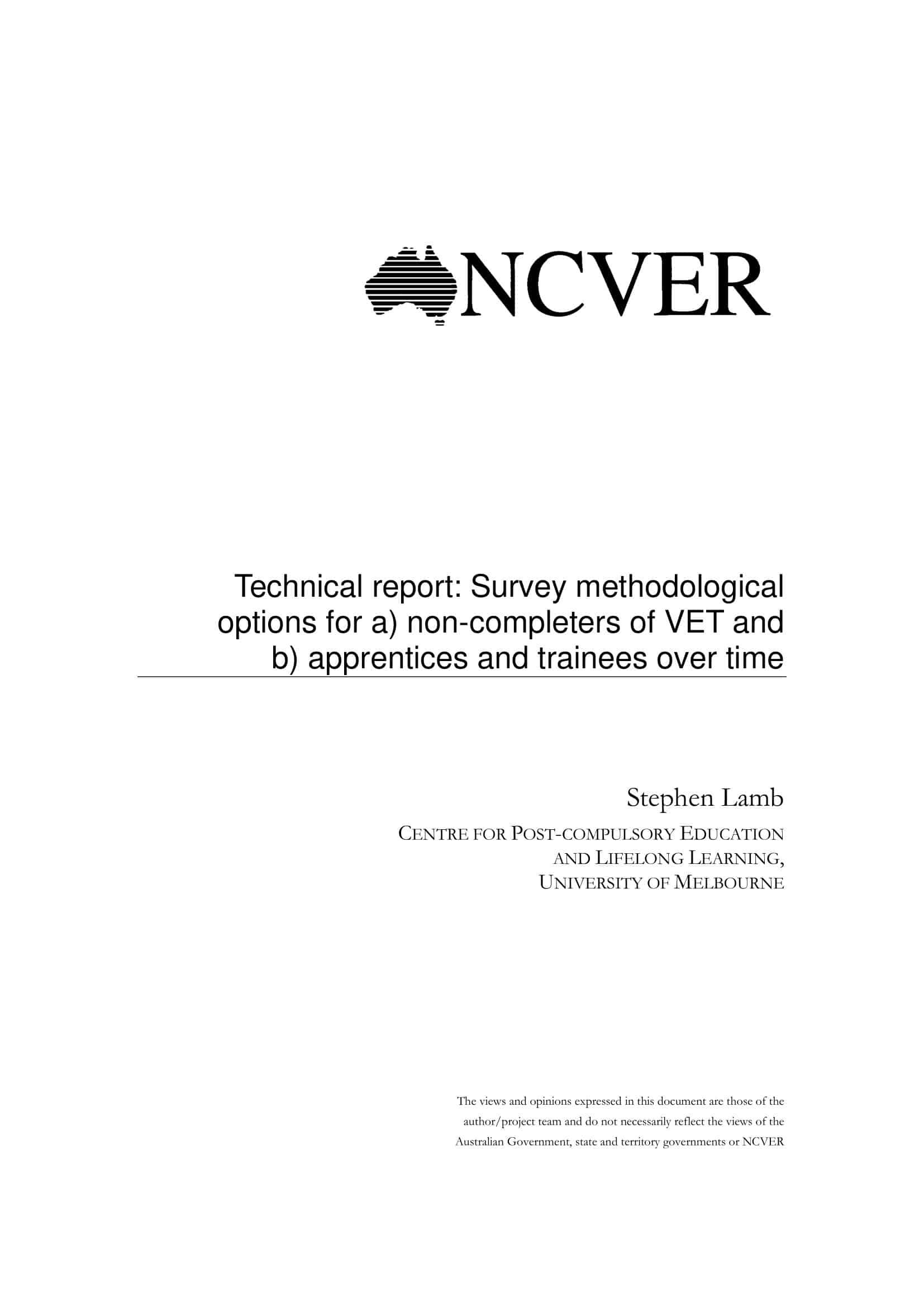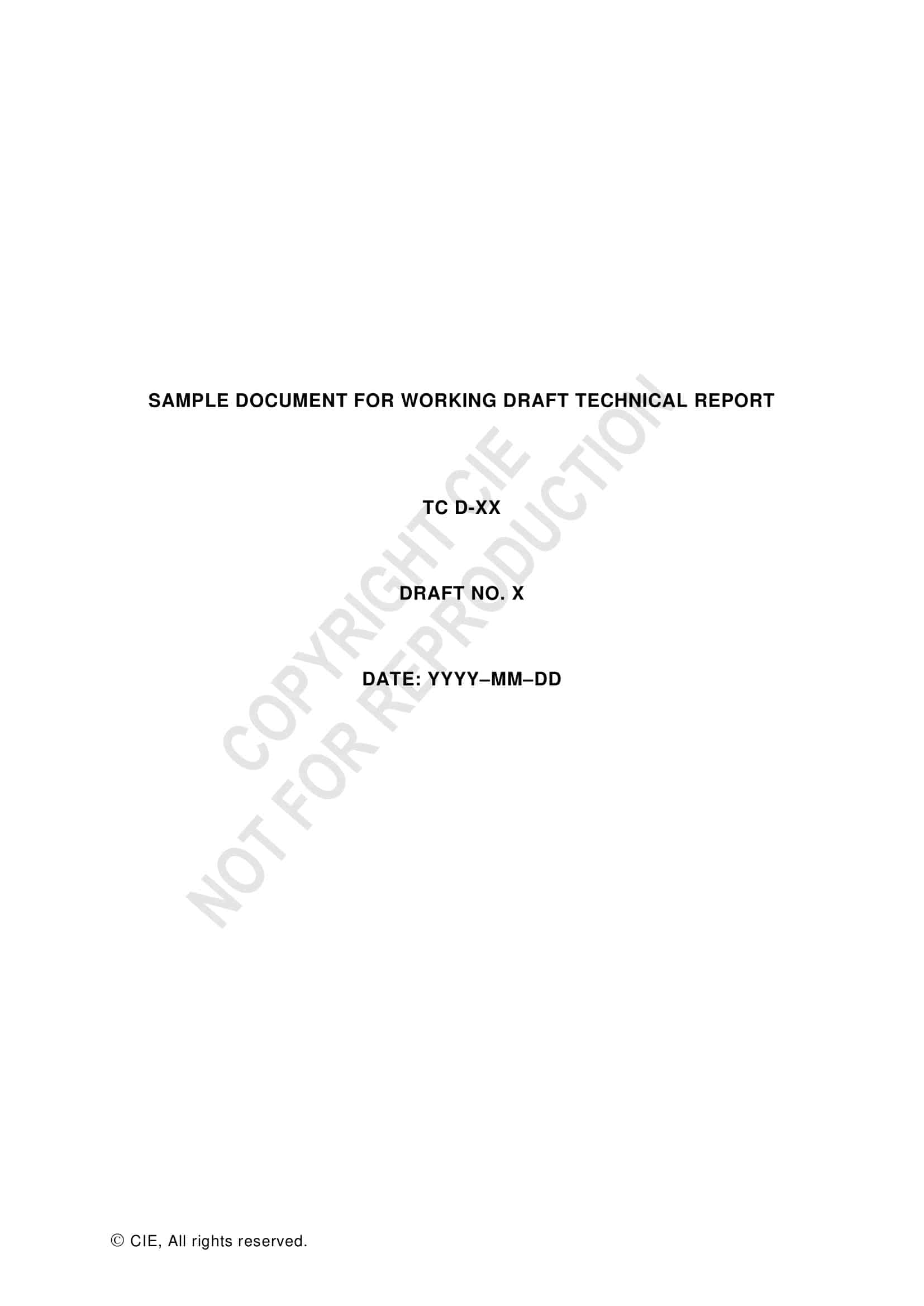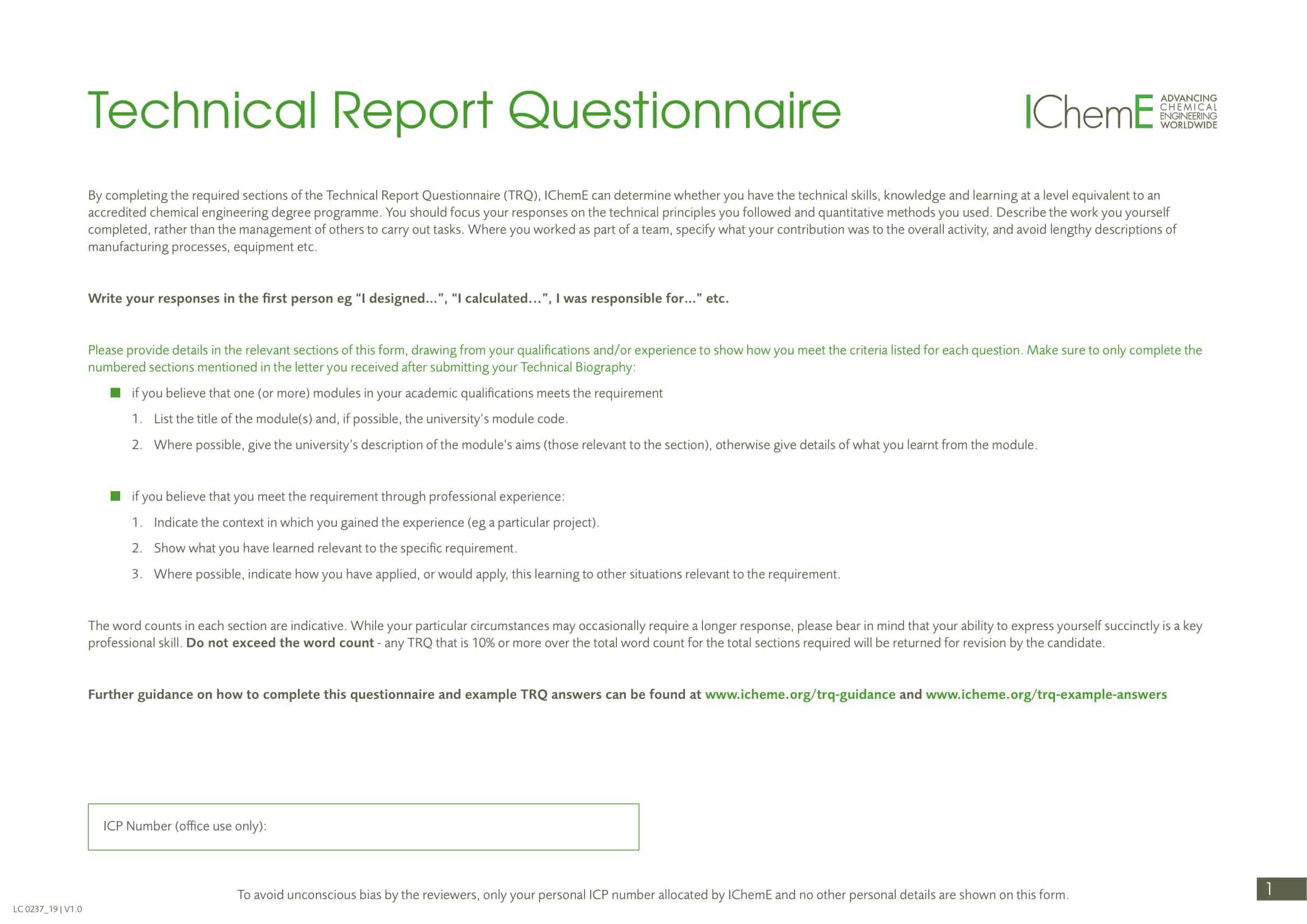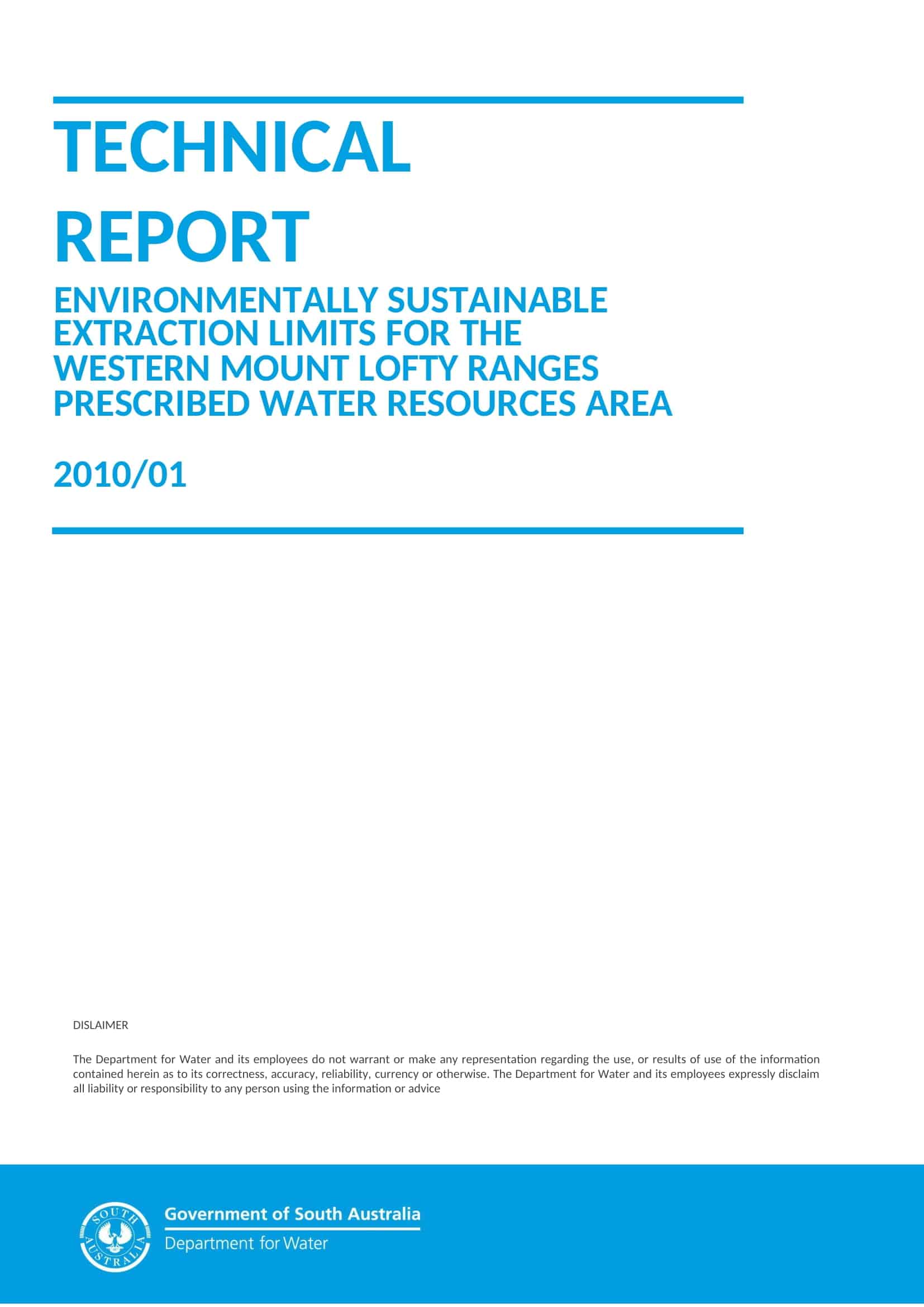Technical reports are typically written so that a non-technical audience can review the research findings. Thus, these documents may be full of complex explanations. They may also include charts, figures, graphs, and other information that must be organized in a specific manner for the review to make sense to a non-technical reviewer.
Preparing a technical report can be difficult for someone who does not work in this field and may need to gain the background or experience to organize complex information clearly and understandably.
Table of Contents
Technical Report Templates
Produce professional and comprehensive technical reports with ease using our comprehensive collection of Technical Report Templates. These customizable and printable templates provide a structured framework for documenting and presenting complex technical information. Whether you’re conducting scientific research, presenting project findings, or documenting engineering analyses, our templates offer organized sections for abstracts, introductions, methodology, results, discussions, and conclusions.
By utilizing our Technical Report Templates, you can ensure clarity, accuracy, and consistency in your reports, effectively communicating your findings to a wide range of audiences. With visually appealing designs and user-friendly layouts, our templates help you create reports that are informative, visually engaging, and professionally formatted. Streamline your report writing process, enhance credibility, and showcase your expertise with our user-friendly templates. Download now and create technical reports that make a lasting impact.
What is a Technical Report?

Technical reports are used to communicate technical information. They are usually written by people who know a great deal about the topic they are writing about and who want to share their knowledge with others.
Technical reports can be either informal or formal. Formal technical reports may follow a format that is similar to that of a scientific paper (with an abstract, introduction, methods, and discussion). Informal technical reports may be written like a letter or memo.
In general, technical reports include more detail than other types of documents because they are supposed to provide detailed information about something. Technical reports may include graphs, charts, and tables that show data or other information supporting the report’s ideas. Technical reports often contain figures or photographs which help make the report easier for readers to understand.
What is the purpose of a technical report?
The main purpose of a technical report is to inform or explain something. Technical reports can be used in many situations, but they are often created by people in the scientific, engineering, or business world.
Technical reports can be used to describe a problem that needs to be solved. They can also be used to describe an experiment or test that was conducted and the results of that experiment or test. Technical reports can also be used to describe something about a product, process, or service.
The specific purpose for which you are writing your document will determine how you should organize it and what type of information needs to be included in it. For example, suppose you are writing a research paper on nuclear energy. In that case, you will want to include several types of data in your paper (e.g., historical data about nuclear energy). If you are writing a report about how to decrease electricity usage at your company, then there would likely be little historical information that would need to be included in your document (although there could still be some).
Essential elements of a technical report example
The main objective of writing a technical report is to share the information you have gathered with others who may benefit from it.
Several elements make up an excellent technical report example:
Title page
The title page is the first page of the report. It contains the name of the person who wrote the report, the name of your company or organization, and the date on which the report was written.
Introduction
The introduction should include information about what you will discuss in your report. It should also include a description of your audience, such as their level of knowledge about your topic.
Summary
This is an executive summary in the middle of your paper, briefly explaining your findings. It should be one page at maximum and should describe what you did, why and how you did it, and what results were obtained from your experiment.
Details of the experiment
In this section, include all the steps taken to conduct your experiment—state what materials were used and where they were purchased from. Describe how you set up your experiment and the equipment required for each step.
Ensure you provide enough detail so someone else can replicate your experiment with similar results. You should also give references to any literature sources that helped inform your research project.
Results and discussions
Explain what was done during the experiment or study and how it was done. Include any problems or limitations that may affect the results and any additional factors that could have affected them (e.g., other variables). Also include information on why certain measurements were taken and how they were analyzed.
Body
This section should contain all of the information from your experiment or study in chronological order (first to last). You can choose to organize your data by date or by topic; either way works as long as it makes sense for your audience’s needs.
Conclusion
Summarize what you found out during this experiment or study and explain how it fits into existing research on similar topics (if applicable).
Recommendations
The recommendations are the key parts of your report and define how you intend to address the problem. The recommendations should be clearly written to show that you have carefully thought about this issue. The recommendations should not just be a list of actions; they should provide a clear explanation as to why these actions are necessary and how they will be implemented.
References
To ensure that your report is credible and trustworthy, you must include a list of references at the end of your document. This will help people who want to learn more about your topic or find more information on related issues. You can also use cited sources if you want to quote from an existing research paper or academic publication.
Acknowledgments
In this section, you should acknowledge any sources you used to prepare your report. Thank anyone who helped you with the project.
Appendices
You can include any additional information that supports your report in an appendix. This could include tables, figures, graphs, and other graphical representations of data.
What are the types of technical reports?
There are several different types of technical reports. The most common are:
Progress Reports
Progress reports provide an overview of the project’s progress to date. They may include information on tasks completed and any difficulties that have been encountered along the way.
Performance Reviews
Performance reviews provide feedback on how well a project is going. They can also be used to evaluate the performance of individual team members or even entire departments.
User Manuals
User manuals are written for people who will be using your product or service. They explain how to set up and use your product/service in a way that’s easy to understand and follow. This type of report should be written in plain language so that it’s easy for anyone to read and understand.
White Papers and Discussion Papers
The report type you are writing will determine the best format suited to your needs. The following are common formats for technical reports:
Experiment or Research Report
This format is used when a researcher presents an experiment or research project. It will contain information about the experiment, methods, and results. The report should be written with an objective tone that clearly explains what was done and why it was done with as little bias as possible. If there were any problems with the experiment, they should be addressed and ways to avoid them in future experiments or studies.
Product Recall Report
A product recall report describes what went wrong with a product and how it happened so that future problems can be avoided. This report may also recommend changes to manufacturing processes or labeling requirements that could prevent similar issues from occurring. It should include information about how many products were affected by the issue and how many people were injured by using those products.
Tips for your technical report example (Design, Language, and Formatting)
The language of your technical report example should be clear and concise. Avoid jargon or technical terms that might not be understood by everyone reading it. If you use technical terms, explain them clearly using simple language so that they are easy to understand.
Your technical report example format should be consistent from one chapter to another and from one section to another. If there are any changes in the format, explain them in the preface or introduction of your technical report example. The formatting of your technical report example should be consistent with the guidelines provided by the organization issuing it (i.e., a government agency).
The design of your technical report example should be professional looking with appropriate headings, subheadings, and graphics where necessary. The design must also be consistent with the guidelines provided by the organization issuing it (i.e., a government agency).
Mistakes to Avoid When Writing your Technical Report
The following are some of the most common mistakes that I have seen when writing a technical report.
Need to follow instructions properly: The instructions given by the professor should be followed very carefully. If there is any confusion, then you can always ask them to clarify their instructions.
Using too much jargon: It is essential to use proper words instead of jargon in your technical report as it may need to be clarified for your readers, and they will not understand what you are trying to convey.
Using passive voice: This can make your writing boring and hard for people to read. To avoid this mistake, you must use active voice instead of passive voice whenever possible.
Using long sentences: Long sentences are often difficult for people to read. You need to break up these long sentences into several short sentences so that people can easily understand them without getting confused by too much information at one time.
Not using proper headings and subheadings: Headings and subheadings make it easy for people reading your report to find specific information quickly without having to read through all of the text before finding what they are looking for. This also makes your report look more professional and organized, making it easier for others.
Conclusion
Writing clear and concise technical reports is vital to success in any organization. Crafting these documents can be difficult and time-consuming, but well worth the effort. With our easy-to-follow guide, you can produce productive, informative, and well-received work.
FAQs
How do you structure a technical report?
A technical report typically follows this structure: 1) Title Page; 2) Abstract or Executive Summary; 3) Table of Contents; 4) Introduction; 5) Body (with headings and subheadings); 6) Conclusions; 7) Recommendations; 8) References. The exact structure can vary based on the report’s purpose and requirements.
What is a typical technical report structure?
A typical technical report structure includes: an abstract or executive summary, introduction/background, procedure/methods, results/findings, analysis/discussion, conclusions, and recommendations. Supplementary sections like a table of contents, glossary, references are also usually included.
What is the style of technical report writing?
The style of technical report writing is objective and factual without strong opinions. It uses formal language and industry/academic terminology. Charts, stats, numbered headings, and concise paragraphs are commonly used to aid clarity and organization.
What are the 8 parts of a technical report?
The 8 common parts of a technical report are:
- Title Page
- Abstract/Summary
- Table of Contents
- Introduction
- Methods/Procedure
- Results
- Discussion
- Conclusions
What are the 3 main parts of technical report?
The 3 essential parts of a technical report are:
- Introduction: Background, purpose and scope
- Body: Methods, technical details, results
- Conclusions & Recommendations
What are the 3 types of technical report?
The 3 common types of technical reports are:
- Scientific Report
- Analytical Report
- Informational Report






























































![Free Printable Food Diary Templates [Word, Excel, PDF] 1 Food Diary](https://www.typecalendar.com/wp-content/uploads/2023/05/Food-Diary-1-150x150.jpg 150w, https://www.typecalendar.com/wp-content/uploads/2023/05/Food-Diary-1-1200x1200.jpg 1200w)
![Free Printable Annual Report Design Templates [PDF, Excel] 2 Annual Report](https://www.typecalendar.com/wp-content/uploads/2022/11/Annual-Report-150x150.jpg 150w, https://www.typecalendar.com/wp-content/uploads/2022/11/Annual-Report-120x120.jpg 120w, https://www.typecalendar.com/wp-content/uploads/2022/11/Annual-Report-1200x1200.jpg 1200w)
![Free Printable Credit Card Authorization Form Templates [PDF, Word, Excel] 3 Credit Card Authorization Form](https://www.typecalendar.com/wp-content/uploads/2023/06/Credit-Card-Authorization-Form-150x150.jpg)
